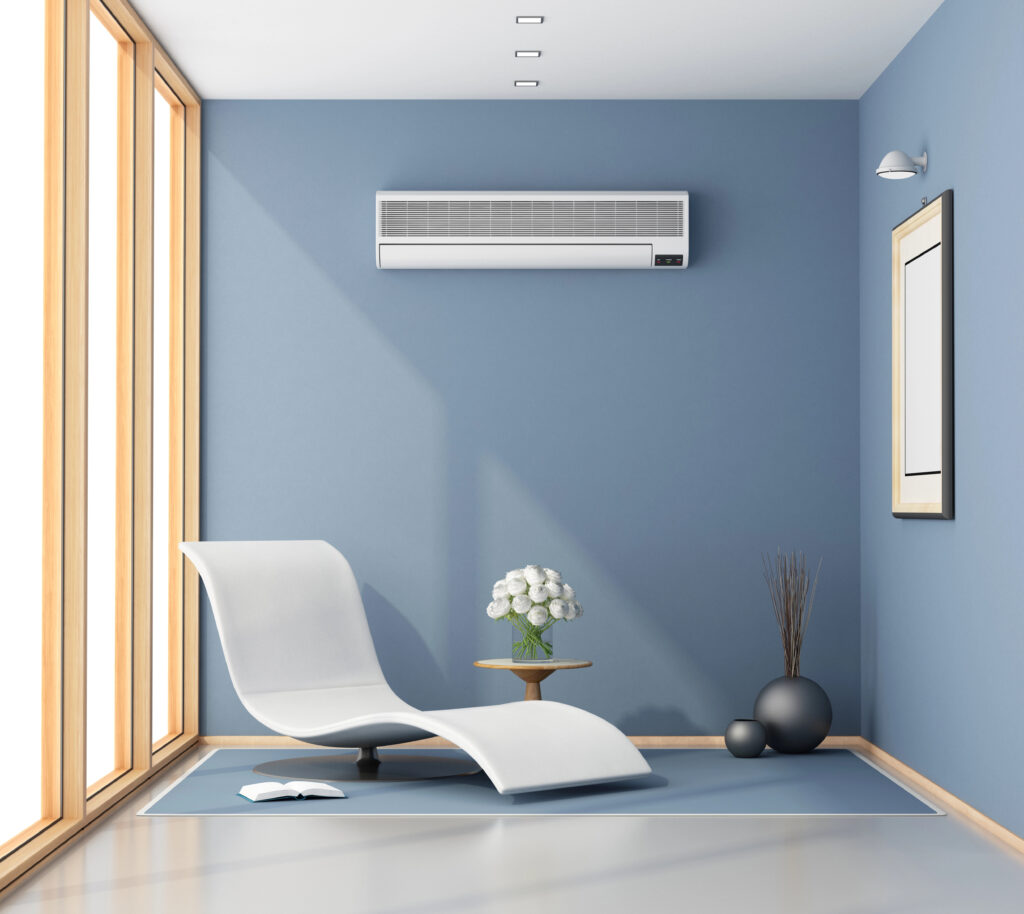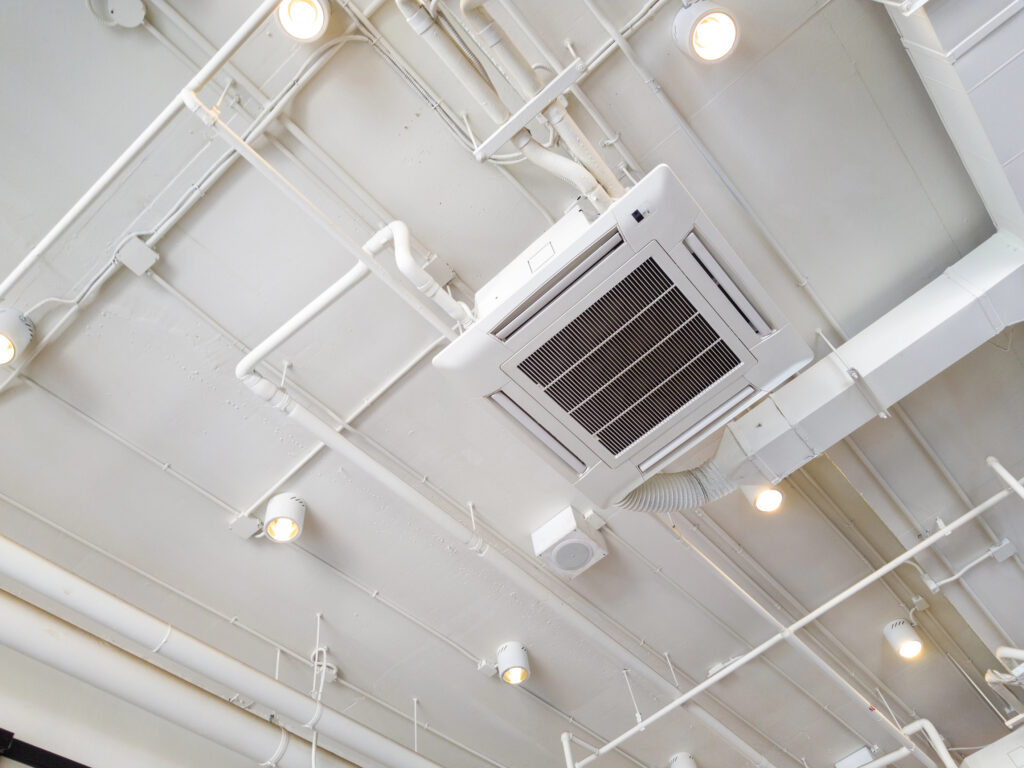Ventilation
Understanding HVAC Ventilation
HVAC ventilation systems regulate indoor air quality by controlling airflow, temperature, and humidity. These systems bring in fresh air, remove stale air, and manage pollutants through a network of ducts, fans, and vents. Proper ventilation helps prevent mold growth, excessive humidity, and indoor air pollution, ensuring a healthier indoor environment.


